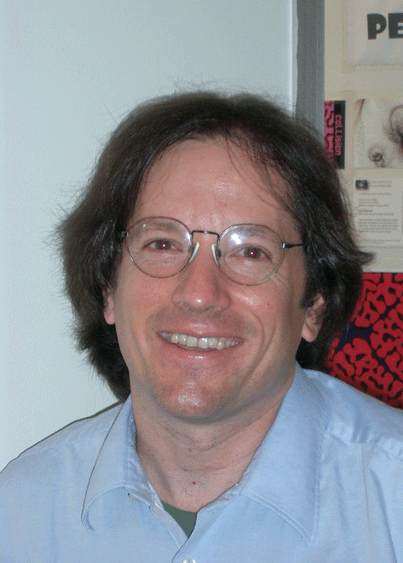
COLT 2011 - Invited speakers
 |
 |
|
William T. Freeman (bio) Where machine vision needs help from machine learning (abstract) |
David J. Hand (bio) Learning in the real world (abstract) |
___________________________________________________________________________________
___________________________________________________________________________________
William T. Freeman is Professor of Electrical Engineering and Computer Science at the Computer Science and Artificial Intelligence Laboratory (CSAIL) at MIT, joining the faculty in 2001.
From 1992 - 2001 he worked at Mitsubishi Electric Research Labs (MERL), in Cambridge, MA, most recently as Sr. Research Scientist and Associate Director. He studied computer vision for his PhD in 1992 from the Massachusetts Institute of Technology, and received a BS in physics and MS in electrical engineering from Stanford in 1979, and an MS in applied physics from Cornell in 1981.
His current research interests include machine learning applied to computer vision, Bayesian models of visual perception, and computational photography. He received outstanding paper awards at computer vision or machine learning conferences in 1997, 2006 and 2009. Previous research topics include steerable filters and pyramids, the generic viewpoint assumption, color constancy, computer vision for computer games, and bilinear models for separating style and content. He holds 30 patents.
From 1981 - 1987, he worked at the Polaroid Corporation . There he co-developed an electronic printer (Polaroid Palette) , and developed algorithms for color image reconstruction which are used in Polaroid's electronic camera . In 1987-88, Dr. Freeman was a Foreign Expert at the Taiyuan University of Technology , P. R. of China.
Dr. Freeman is active in the program or organizing committees of Computer Vision and Pattern Recognition (CVPR), the International Conference on Computer Vision (ICCV), Neural Information Processing Systems (NIPS), and SIGGRAPH. He was the program co-chair for ICCV 2005, and will be program co-chair for CVPR 2013.
Where machine vision needs help from machine learning
I'll describe where computer vision needs advances from computer science and machine learning. This talk will cover where computer vision works well: finding cars and faces, operating in controlled environments, and where it doesn't work well: in the uncontrolled settings of daily life. Several aspects of the problem make it particularly appropriate for machine learning research: we have large datasets of high-dimensional data, so efficient processing is crucial for success. The data are noisy, and we search and analyze images over Internet scales.
I'll list a number of computer vision problems, describe their structure, and tell where we need help. This talk was partially crowd-sourced: at recent computer vision conferences, I've asked my colleagues where
they felt we needed help from computer science and machine learning, and I'll report on what they said. ___________________________________________________________________________________
___________________________________________________________________________________
David J. Hand - Bio
David J. Hand is Professor of Statistics in the Department of Mathematics at Imperial College.
For the years 2008 and 2009 he was President of the Royal Statistical Society, and again for 2010.
For the calendar years 2010 and 2011 he is on leave from Imperial, working as Chief Scientific Advisor to Winton Capital Management, one of Europe's leading quantitative hedge funds.
Learning in the real world
Quite properly, the early days of computational and machine learning assumed the data were well-behaved when developing learning algorithms and strategies. Unfortunately, such an assumption is unwise when one comes to apply the methods to real problems. This talk illustrates some of the complications of real problems, showing how blind application of highly effective methods can lead one seriously astray. Solutions require deep thought and the development of more sophisticated theory and algorithms.